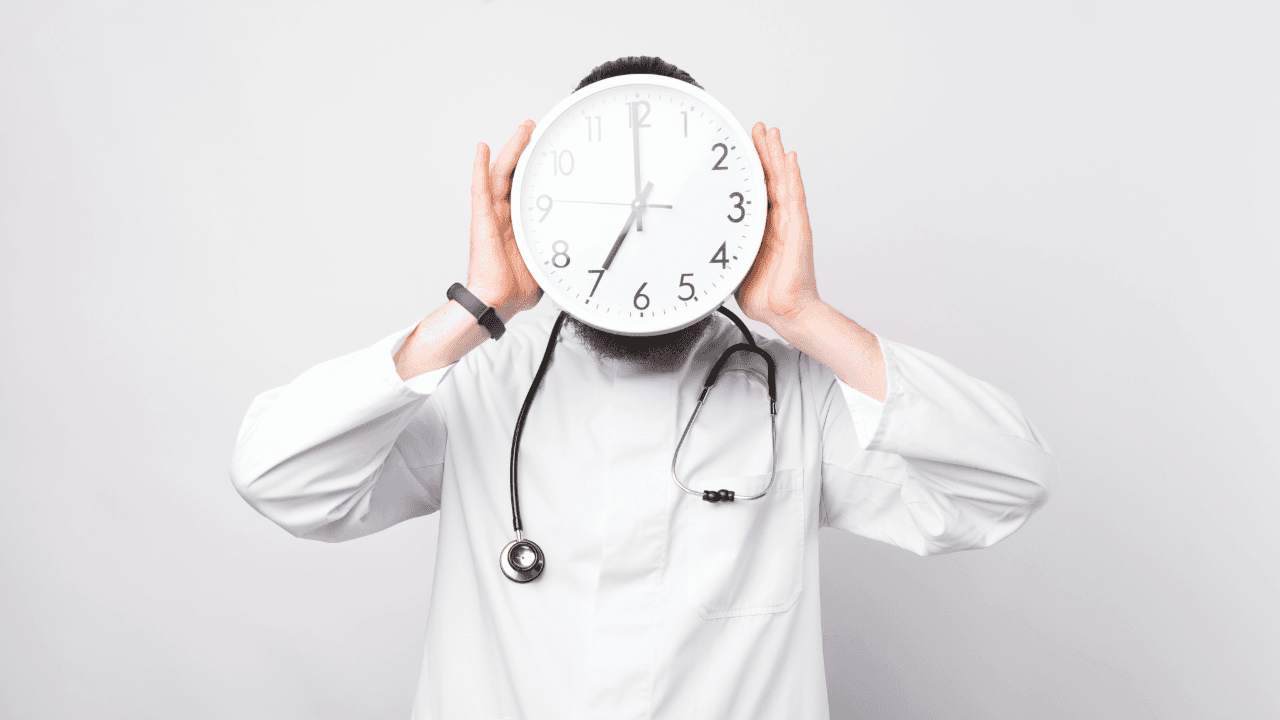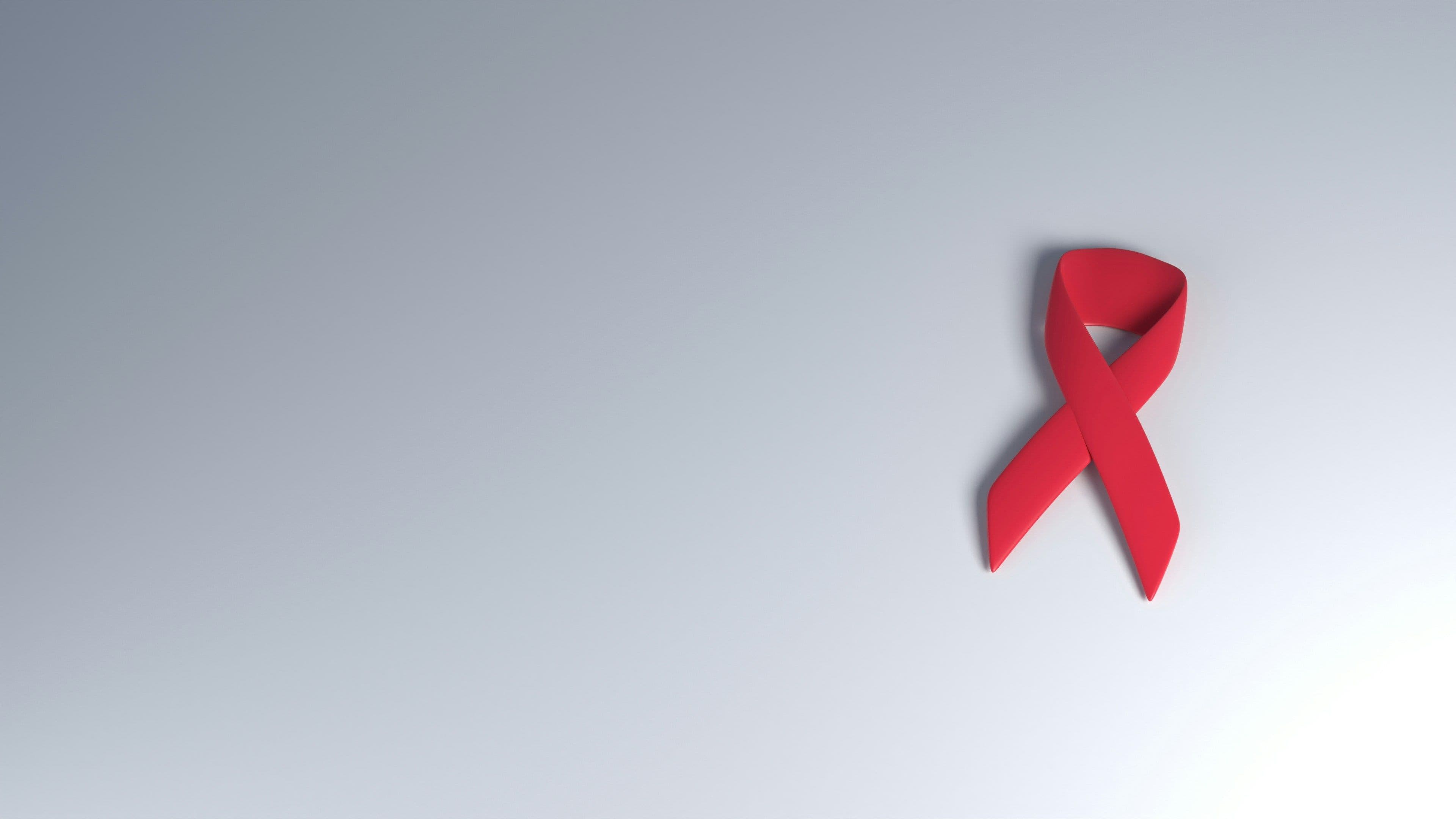With the exceptions of the first time a lipid (cholesterol) profile is obtained or when the test is obtained for the purpose of following known high triglycerides (part of the cholesterol panel), the lipid profile (or its components) does not usually require fasting. But triglycerides can be affected by recent meals, and the calculations of the LDL (bad cholesterol), if the triglycerides are high, can be inaccurate. So, you may be invited back for a fasting level to better assess the triglycerides and LDL.
The decision whether to have the patient fast for a subsequent lipid profile is in part dependent on patient convenience and it can be influenced by obesity, diabetes, and alcohol use.
We ask the patient to fast (8 to 12 hours without food) when we are attempting to diagnose or follow a patient with a potential high triglyceride disorder. A fast does NOTmean stopping water, black coffee and diet beverages. In fact, liquids are encouraged to ensure adequate vein distention and an easier blood draw. Your provider may also ask for fasting blood sugar levels for a similar duration to help screen for diabetes.
Fasting for other appointment types are at the discretion of your provider and will be communicated prior to your visit.
Article written by Dr. Jeff Stone, Medical Director
Reference:
Sathiyakumar V, Park J, Golozar A, et al. Fasting Versus Nonfasting and Low-Density Lipoprotein Cholesterol Accuracy. Circulation 2018; 137:10.



